19th Ward, part 1: PLEX, The Rapids and Castletown
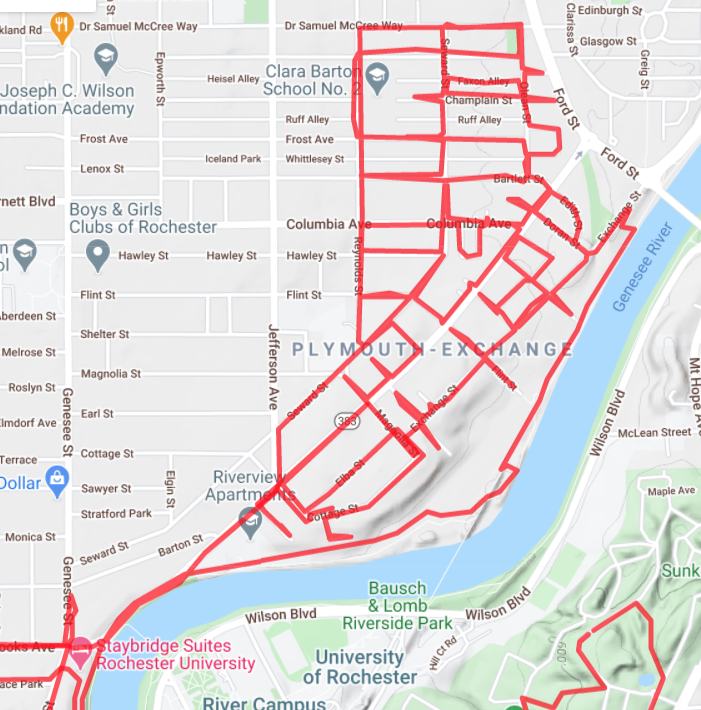
Year Incorporated: 1902
Ward: 19
Population: 3372[/su_box]
A long time ago, before Nathaniel Rochester was a household name, there was Wadsworth. In school I remember learning about the 100-acre tract, but in 1800 the brothers James and William Wadsworth bought nearly 6000 acres on the west side of the Genesee – a tract known to span the distance from Rochester to Geneseo. Within this tract was a bend in the river, and multiple Seneca trading routes converged here at a natural crossing point. (This was before the Main Street bridge made crossing safe and easy.) Around the bend, the rapids would make crossing difficult, if not deadly, as several people were sent over the 96 foot Main falls. James Wadsworth, obviously adept at Oregon Trail, decided that was the spot to put a tavern, hotel and start a settlement. This village, which would one day become Brooks Landing, would quickly earn a reputation.
I need to explain the river at this point in history, and while I could write a page about the naming of our famous waterfalls, I’ll keep this brief. Roughly a century ago the Erie canal was moved out of downtown to where it intersects the river in Genesee Valley Park now. For various reasons, one being the safety of crews working on the Court Street Bridge, the nearby dam was installed. The Court Street Dam, as it’s called, raised the water level up-river to meet the canal, and controlled the flow downriver, but in the process it eliminated the original Upper Falls. We see rapids between the dam and Broad Street, but before the dam the rapids were located after the bend in the river at Brooks Landing.
Now that we know why Wadsworth chose that site, we have to look at it in the context of everything else that was going on around it. This wasn’t a decade after Ebenezer Allan gave up on his mill site 4 miles north of here, and not quite a decade until Nathaniel Rochester would subdivide his tract and Rochesterville would begin to prosper. In fact, that original 100 acre plot around Main St was all but abandoned at this point, so Wadsworth thought he had a good thing going just 4 miles south of there. As it turns out, this area – surrounded by swamp and dangerous rapids – would become somewhat isolated.
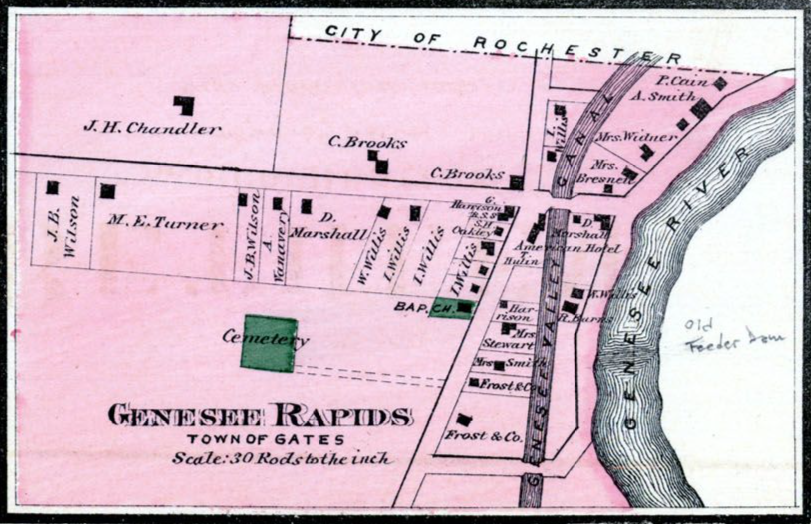
Wadsworth decided this spot needed a tavern for the weary traders to rest and part with some of their money. Remembered as a scrappy-looking log cabin with a crooked sign, Isaac Castle was hired to manage the tavern, and he managed to make a name for himself, so much so that the area was soon referred to as Castletown. In many ways The Rapids was a wild west outpost. Scores of laborers would work the boats, nearby mills or farms and then spend their winters in the taverns, occupied by “hard cider, moonshine, dances, and fights.” This hard lifestyle bore the need for a cemetery, and in 1810 a 1.27-acre plot was reserved on Cemetery Street (later Chester St, then Congress Ave). Centuries later this is the only remaining relic of the settlement on the west bank of the Genesee, but it too was almost lost to time. Decades of neglect and ownership limbo turned this into a neighborhood eyesore.
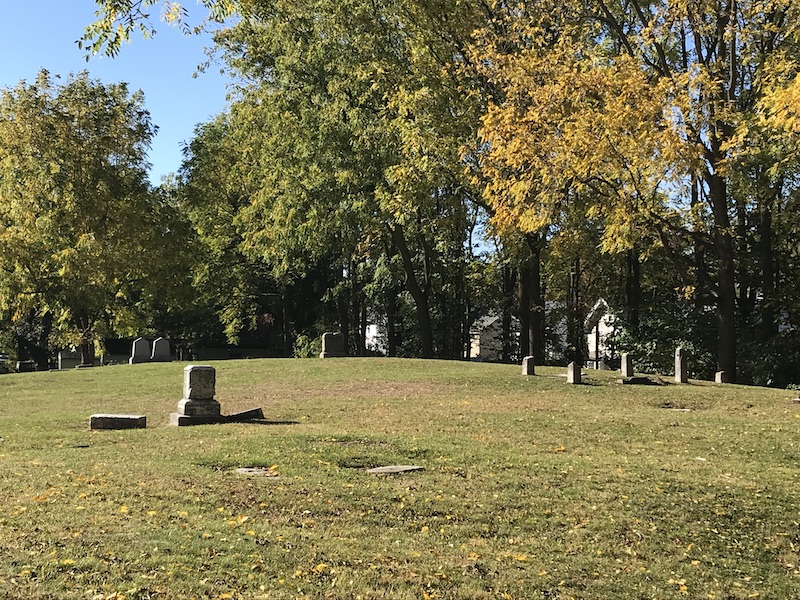
The last known burial took place in 1941, which apparently alarmed some neighbors who weren’t aware that this plot was a cemetery. Since then a handful of efforts were made to maintain the land, and the city Parks Department regularly mows here. An inventory of graves reveals the age and importance of this site, containing a handful of Revolutionary War veterans, at least one War of 1812 veteran, and even more Civil War soldiers.
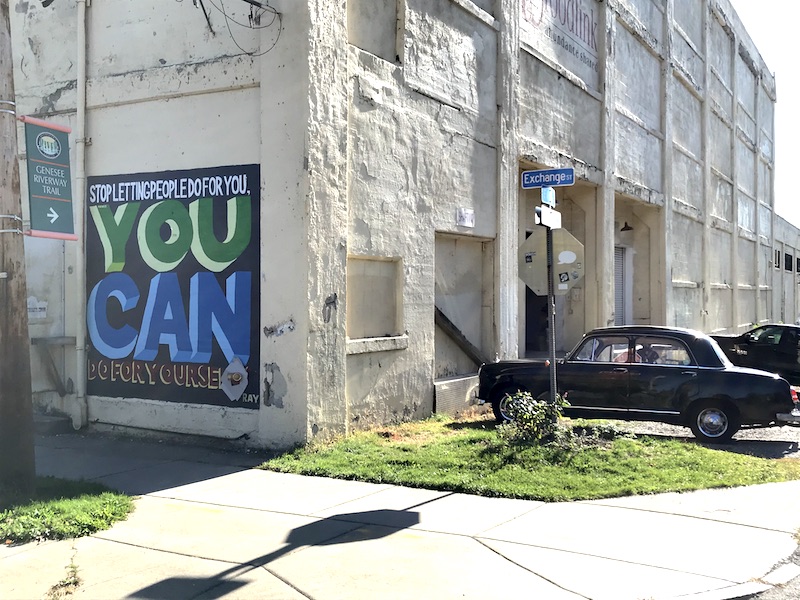
The construction of the Main Street bridge (1812) and Erie canal (1820s) sealed the fate of the area. Unloading cargo at The Rapids was no longer the only option; suddenly Rochesterville was the place to go. From 1822-1888 this neighborhood (part of Chili) struggled with inaccessibility and a bad reputation. Finally in 1888 the Elmwood Bridge was constructed; land travellers didn’t need to make the trek up to Clarissa (Ford) Street just to cross over to the growing East side of the city. Rochester was bursting at the seams, and land for available housing made The Rapids a desirable location to live and do business. Rochester made it official in 1902 when this section of the 19th Ward became a legitimate neighborhood of Rochester.

The area enjoyed many years of success and prosperity, but there was an ominous shadow on the horizon that, to this day, dominates the headlines. If you see PLEX in the news, there’s a good chance Vacuum Oil is the topic. From 1866-1935 Vacuum Oil, later part of ExxonMobil, released tons of carcinogens into the soil surrounding the site at Flint and Exchange Streets. Exxon abandoned the facility almost a century ago, and little was done until recent years when housing for U of R students was planned. An environmental survey was done, revealing a portion of the extent of the hazards. Toxic chemicals were found in the sample site all the way down to bedrock, with obvious spill-over into the residential areas adjacent. The battle over who will pay for the cleanup continues, all while residents deal with the negative effects on their health and property values.
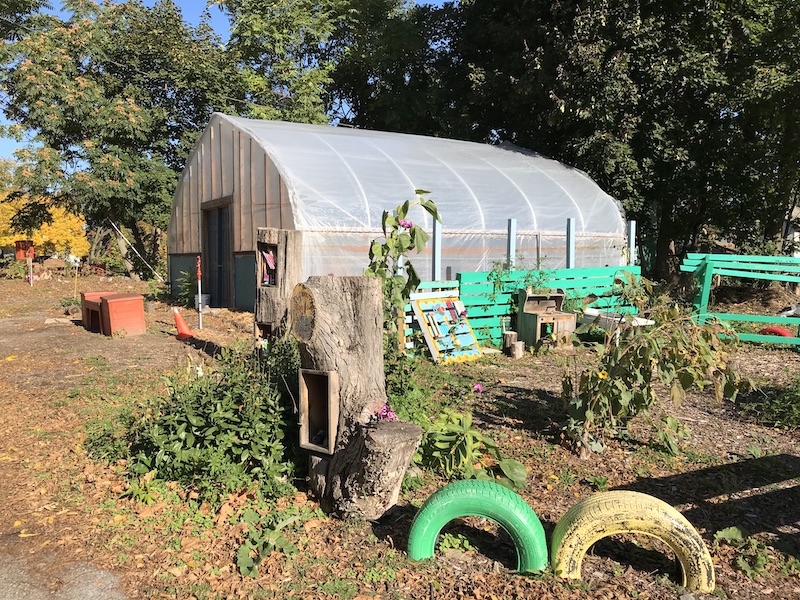
I tend to judge communities with a short rubric: how strong is their neighborhood identity? Do I see neighbors interacting with each other? How many neighborhood gardens and other communal projects are there? PLEX checks all of these boxes. Just attend a PLEX neighborhood meeting (once we’re over this pandemic) and you’ll see what I mean. The community takes pride in it’s space. I’m waiting for someone to ask me if I felt unsafe in any of my walks or bike rides; this question inevitably comes up whenever someone who doesn’t live in the city is doing the asking. My answer regarding PLEX is yes, I felt very concerned for my heart when I was riding uphill. Reynolds St. kicked my butt. Out of the 150+ miles I’ve explored to date, I’ve only felt concerned for my safety once, and it wasn’t in PLEX. I see plenty of people working on cars, or gardening, or otherwise being their best selves in a place they can take pride in. It’s the character of the neighborhood, the community spirit, the architecture, the weird little side streets and hidden corners – all of these qualities make PLEX one of my favorite neighborhoods in the city. Some day, when the nightmare of Vacuum Oil is a thing of the past, this area is going to explode in popularity, and I hope for its sake we don’t see massive gentrification. I’d love for its residents to be able to enjoy the results of their years of love and attention.

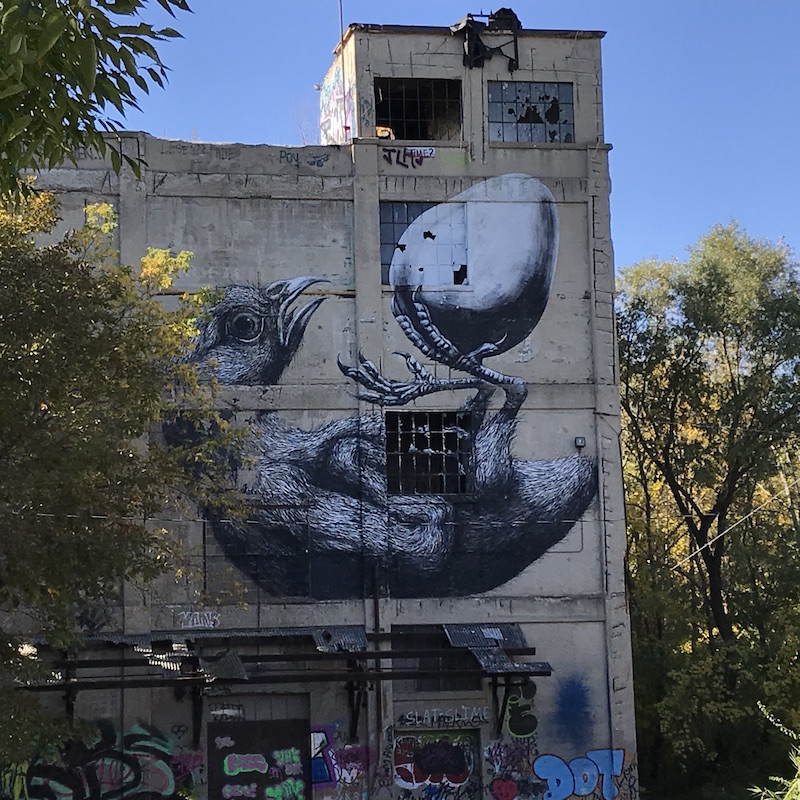
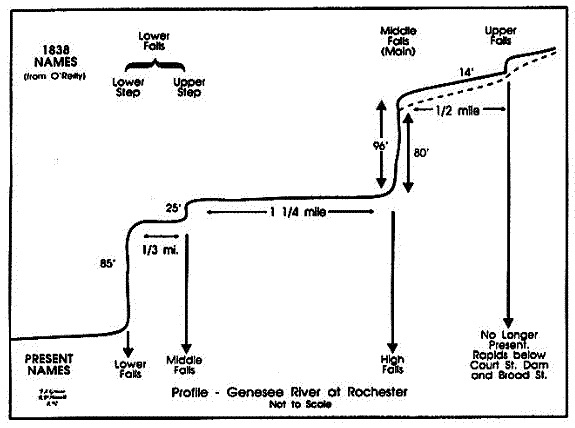
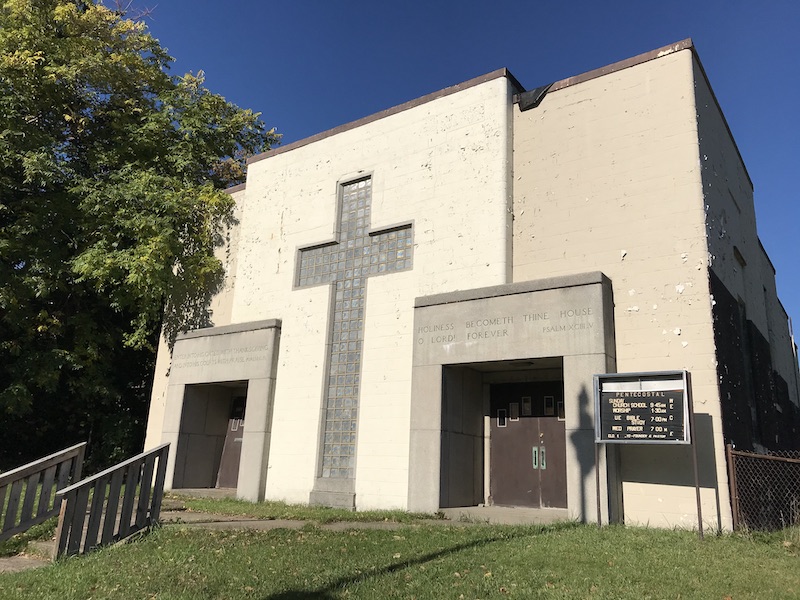
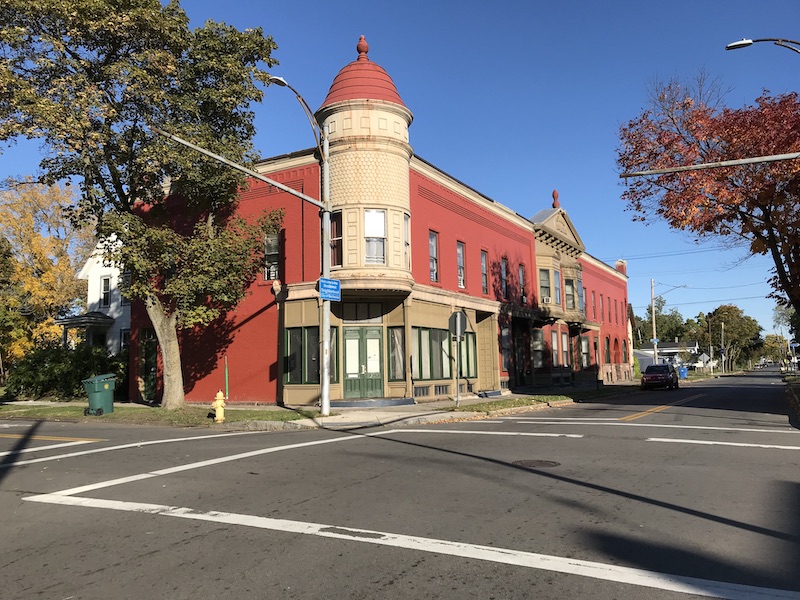
My interest in history didn’t blossom until I got old. This is fantastic. I will read as many as you’re willing to publish. Cheers.
Thanks! There are quite a few more already written, and many more on the way.
Outstanding story. I used to work that area as a police officer and never knew the history. Keep up the good work. I’ll be watching.